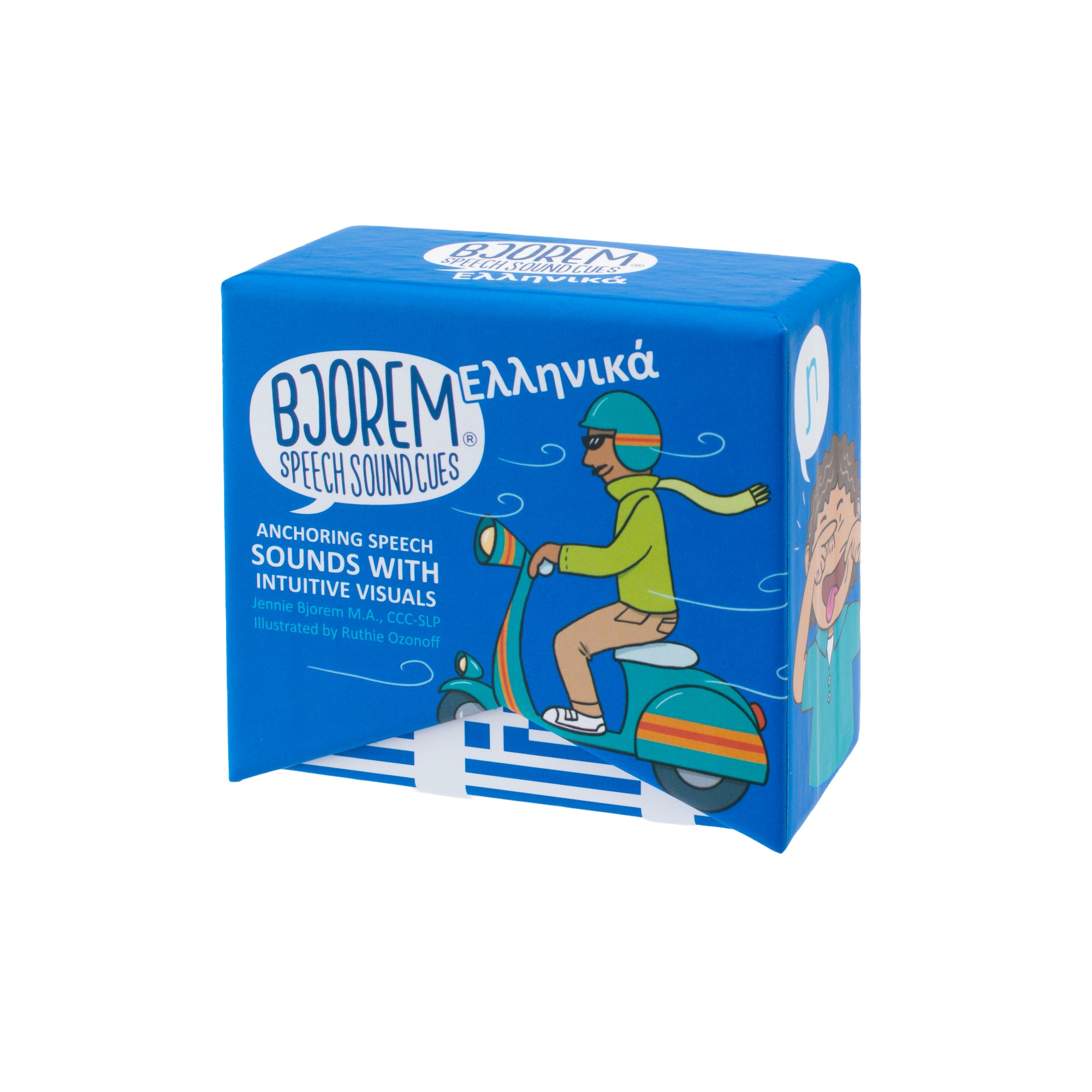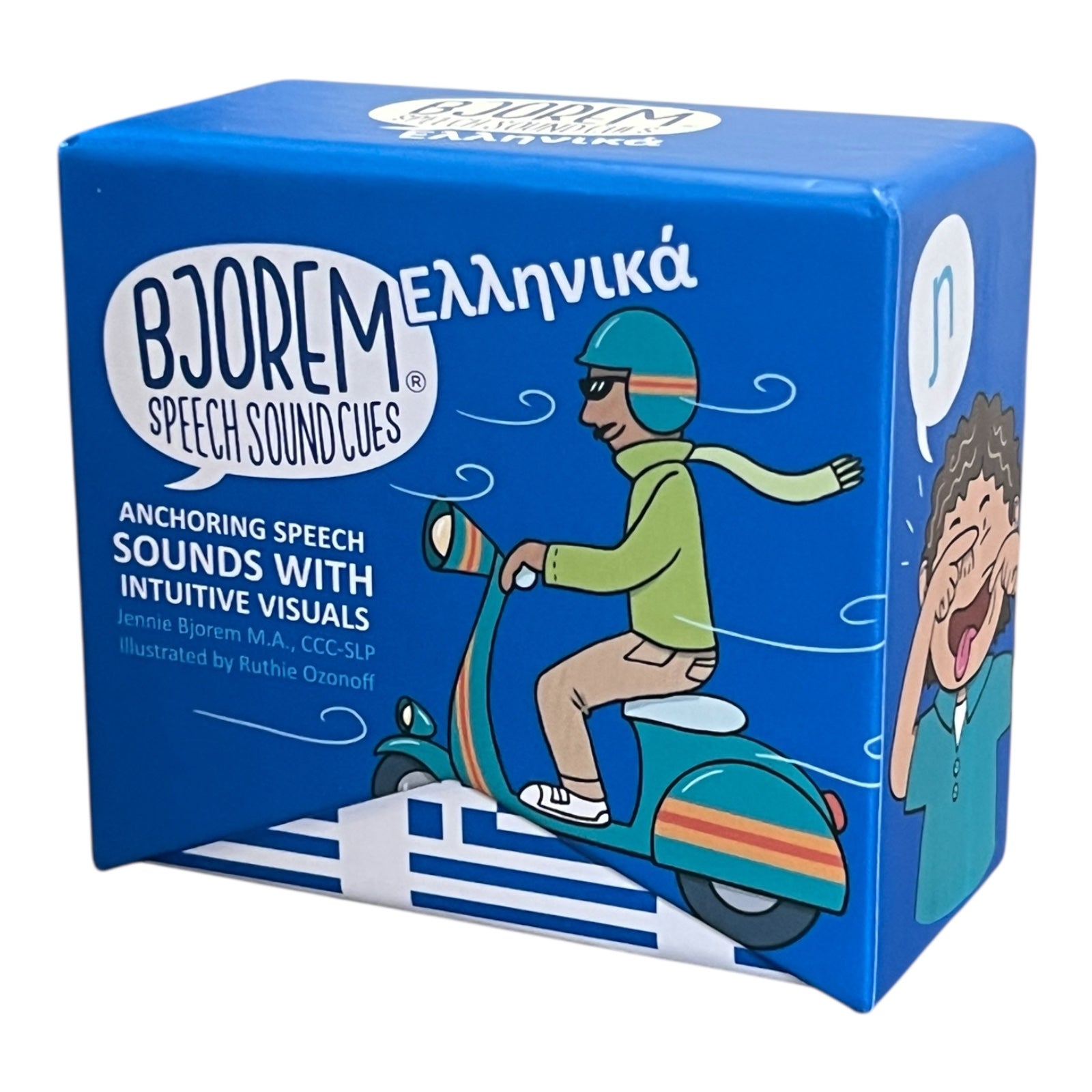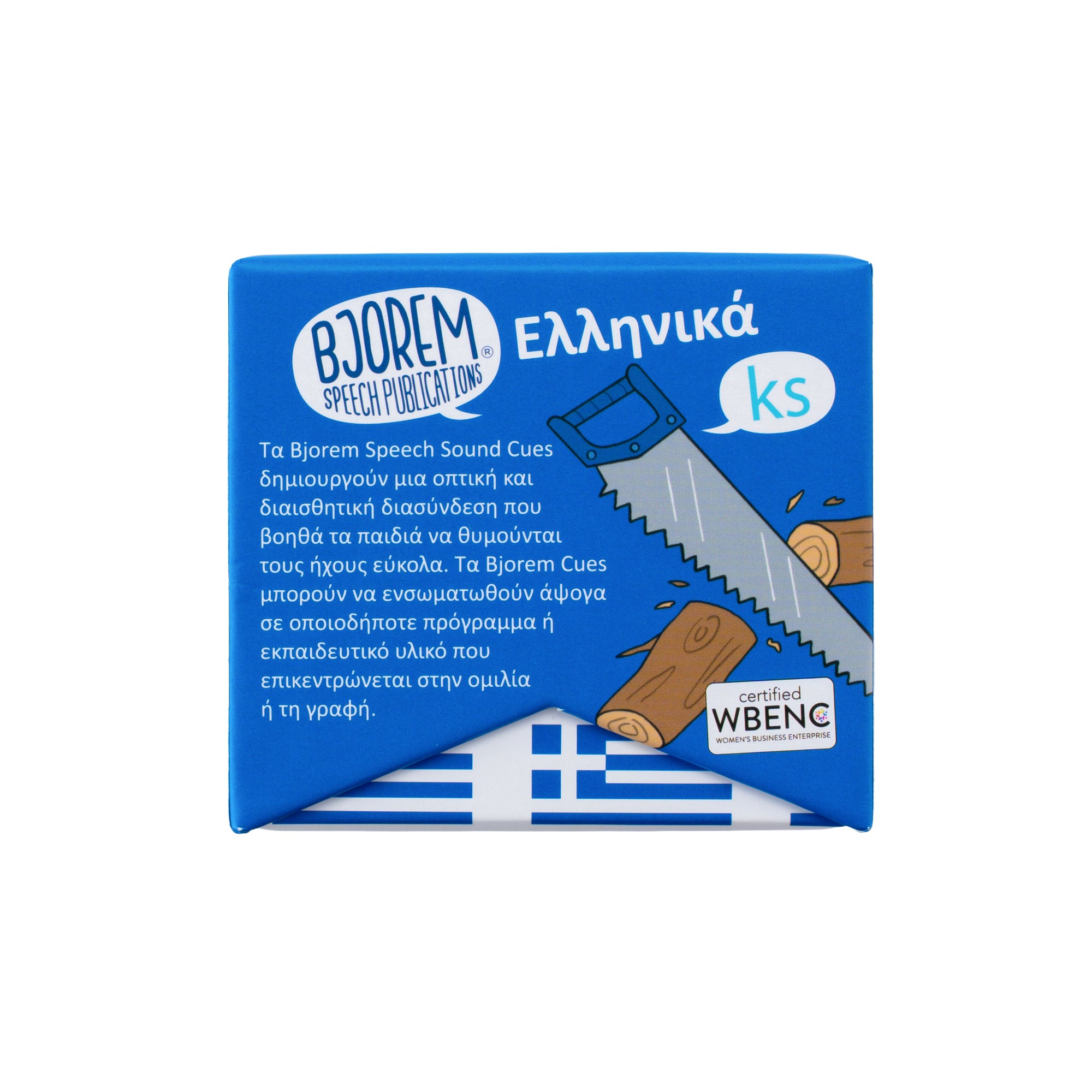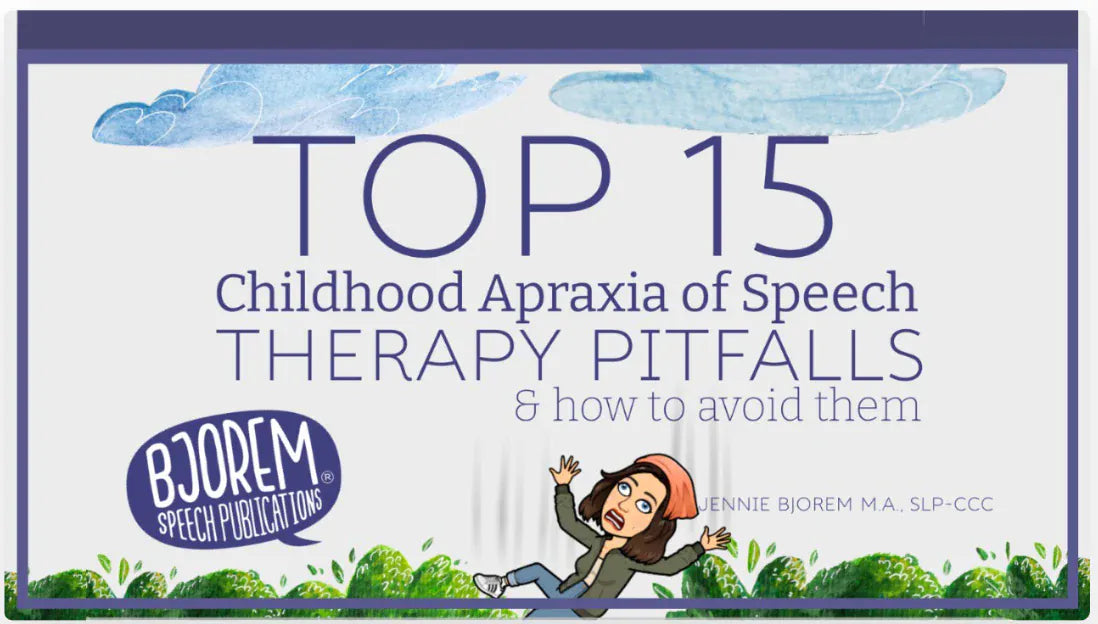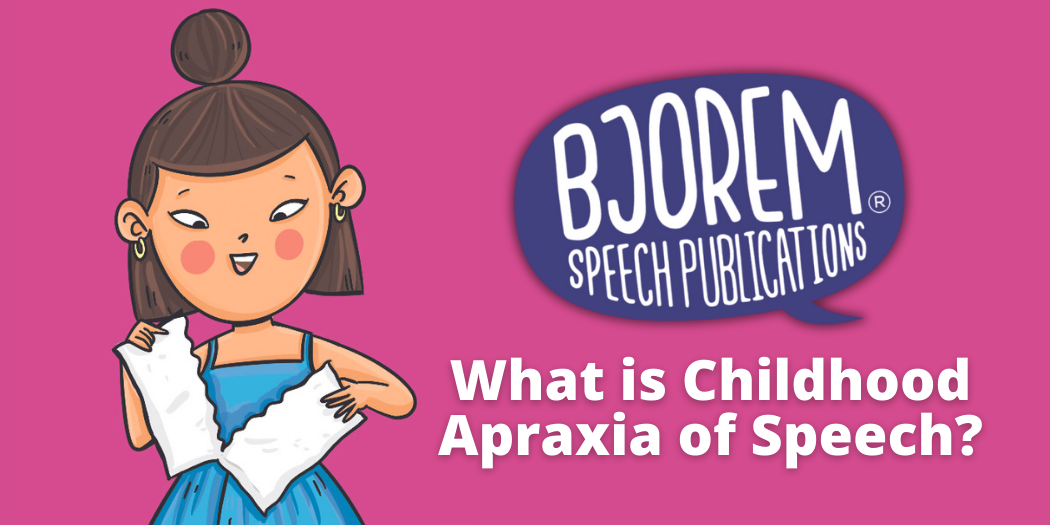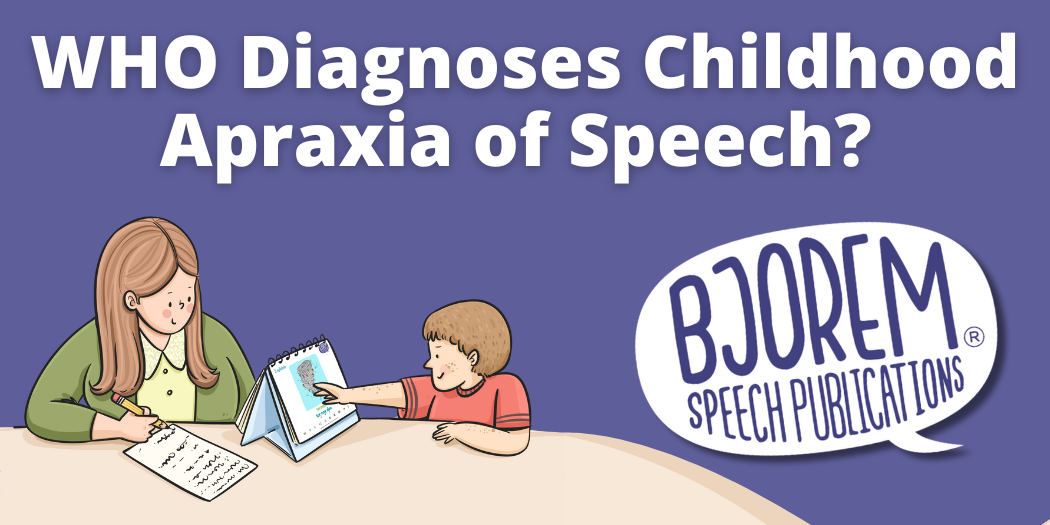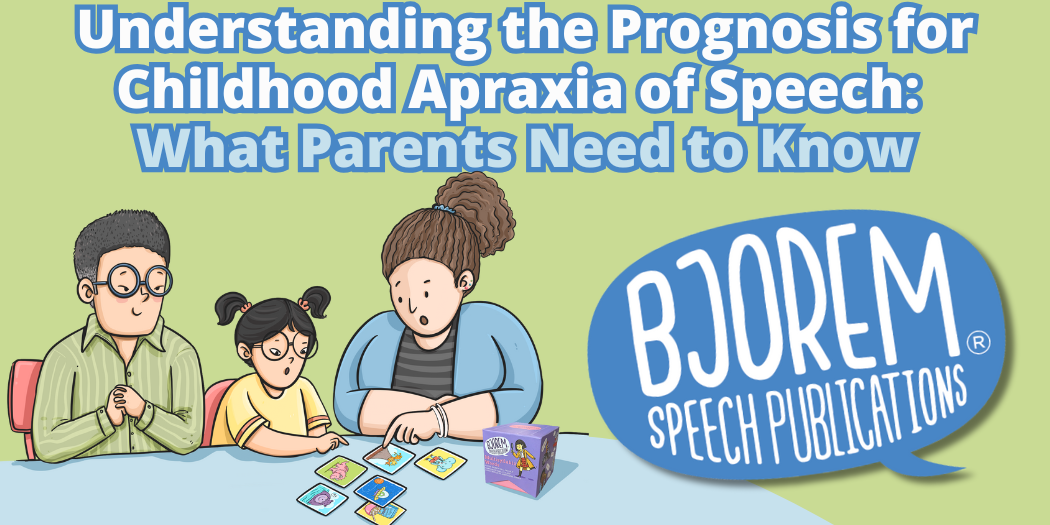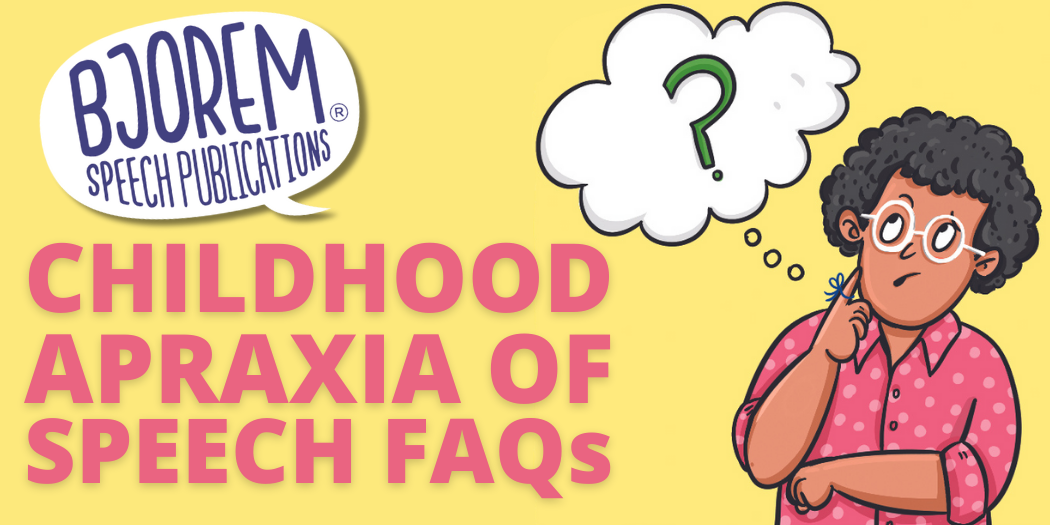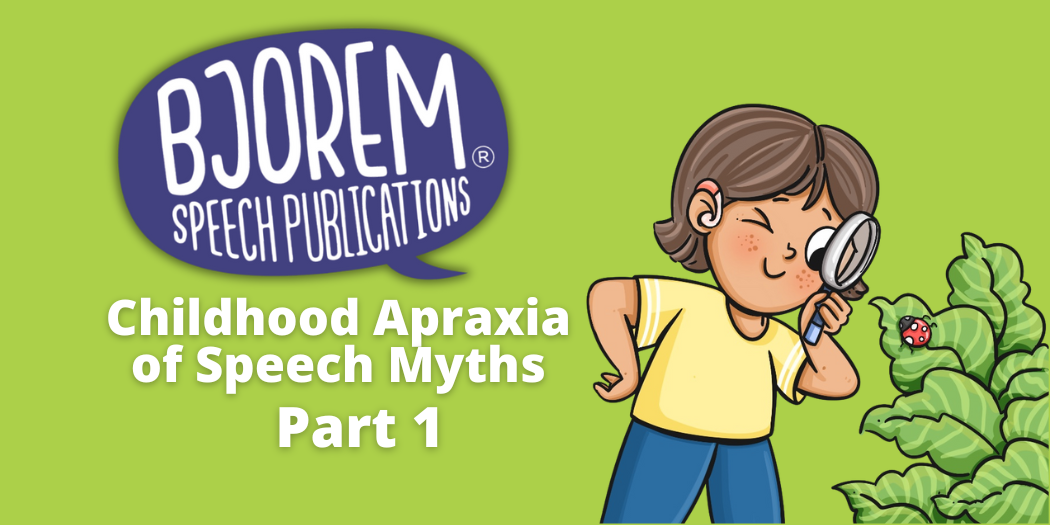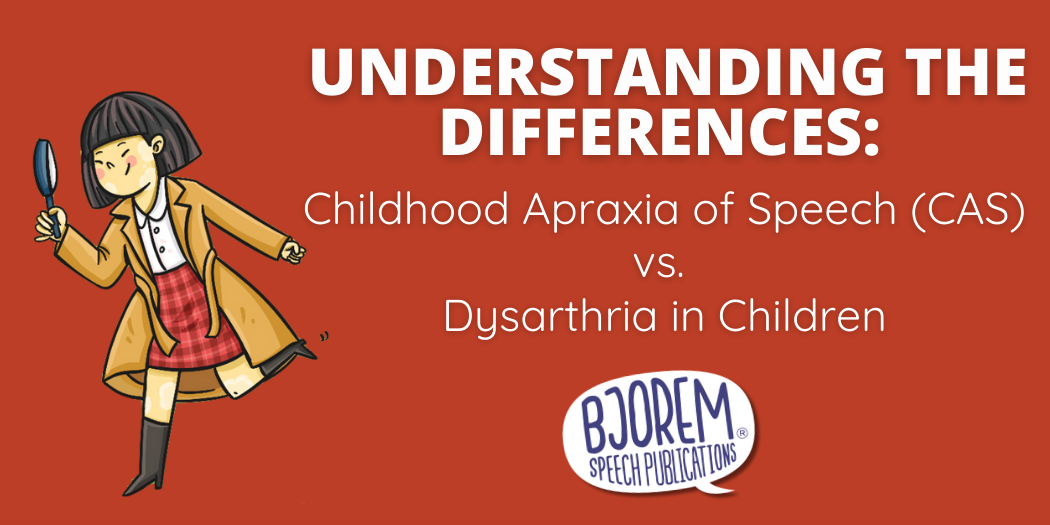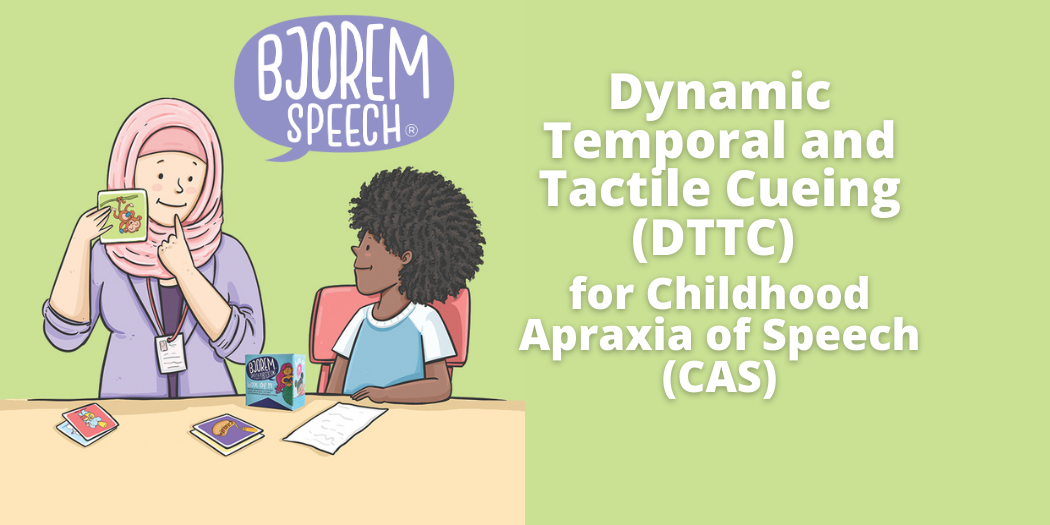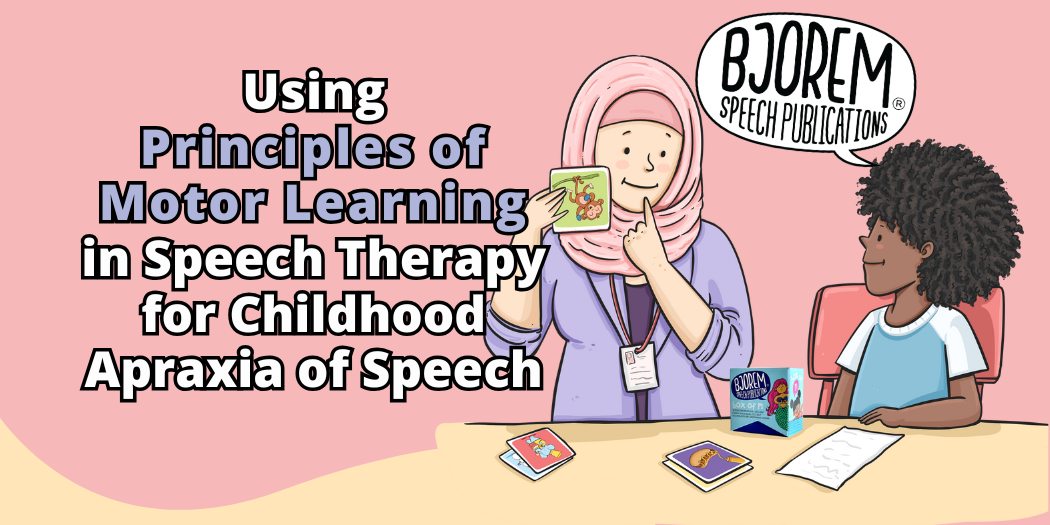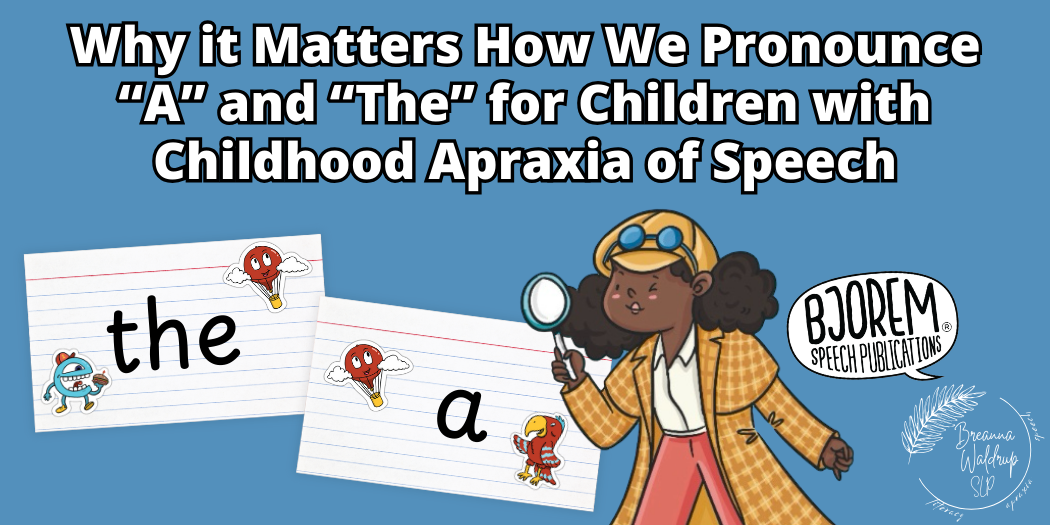Bjorem PlayProof™ Poster: Bjorem Speech Sound Cues
Item
Arrival
Download
Item
Download
My Monster Mouth - Bjorem Speech® Mouth Model
Arrival
Access
Arrival
Download

Option
Download
Download
Access
Access
Download
Item
Access
Item
Download
Access
Keep Learning
Want to learn more about Childhood Apraxia of Speech? Find expert tips, product insights, and valuable resources for SLPs, educators, and parents.
What else do I need to know about Childhood Apraxia of Speech?
What is Childhood Apraxia of Speech?
Childhood Apraxia of Speech (CAS) is a rare, neurologically based motor speech disorder that disrupts a child’s ability to plan, sequence, and coordinate the precise movements of the lips, tongue, jaw, and palate needed for intelligible speech. Children with CAS generally know exactly what they want to communicate, but their brain has difficulty sending the correct movement instructions to the muscles that produce speech.
This results in inconsistent sound errors, difficulty combining sounds smoothly into syllables and words, and problems with the natural rhythm, stress, and intonation of speech. These challenges are not due to muscle weakness, but to impaired motor planning and programming.
CAS requires frequent, individualized, and intensive therapy provided by a speech-language pathologist (SLP) with specialized training in motor-based approaches. Therapy often emphasizes repetitive practice, multisensory cueing (visual, tactile, and auditory), and carefully structured sessions that gradually increase complexity while maintaining accuracy.
Because speech production is closely tied to early language and reading development, children with CAS are also at increased risk for language delays and literacy difficulties. Early identification, evidence-based intervention, and ongoing monitoring of language and literacy skills are essential to help these children become confident, effective communicators.
Early Identification of Childhood Apraxia of Speech
Children showing signs of CAS should be assessed as early as possible. If a formal diagnosis cannot yet be confirmed, but CAS is suspected, therapy should follow a motor-planning approach until the disorder can be ruled in or out.
Common indicators include inconsistent speech errors, difficulty imitating sounds or words, disrupted rhythm and prosody, and greater challenges with longer or more complex words and phrases. These patterns are more than “just articulation errors”, they reflect difficulty planning and coordinating the precise movements for speech.
Without early, targeted intervention, these challenges can lead to frustration, limit social interaction, and contribute to later language and literacy difficulties. Prompt recognition and appropriate therapy are critical to supporting successful communication development.
How Therapy Tools from Bjorem Publications Assist with CAS
We specialize in CAS. Our product line includes the Informal Dynamic CAS Decision Guide, CAS Target Selection Guide, CAS Stimulus Book, and cueing visuals designed for movement-based therapy. We have many new products in the making specifically for childhood apraxia of speech. Stay tuned!
Childhood Apraxia of Speech Therapy Research
1. DTTC with Young Children: Grigos et al. (2024)
A multiple single-case design study examined the effect of DTTC on seven children aged 2.5–5 years with CAS. Following six weeks of intervention, most children showed significant improvements in treated word accuracy as well as generalization to untreated words. Gains were maintained at six-week follow-up, with some children showing generalization to words with shared syllable shapes.
2. DTTC Is a Strong Evidence-Based Motor-Based Treatment
Medical and clinical summaries consistently cite DTTC as one of the most strongly supported motor learning treatments for CAS, grounded in principles of motor learning and tactile cueing.
3. High Dose Frequency in CAS Treatment is Key Luzzini-Seigel et al. (2023)
Luzzini‑Seigel and colleagues compared high vs. low dose frequency DTTC intervention for children with CAS. The high frequency dosage group showed faster gains (within 6 weeks) was expected to produce more robust maintenance and generalization of gains over time than low-frequency. The trial emphasizes DTTC’s prominence in current clinical research.
Iuzzini‑Seigel, J., Hogan, T. P., & Green, J. R. (2017).Speech inconsistency in children with childhood apraxia of speech, language impairment, and speech delay: Depends on the stimuli.Journal of Speech, Language, and Hearing Research, 60(5), 1194–1210.
Iuzzini-Seigel, J., Allison, K. M., & Stoeckel, R. (2022). A tool for differential diagnosis of childhood apraxia of speech and dysarthria in children: A tutorial.Language, Speech, and Hearing Services in Schools, 53(4), 926–946.
Maas, E., & Farinella, K. (2012). Random versus blocked practice in treatment for childhood apraxia of speech. Journal of Speech, Language, and Hearing Research, 55(2), 561–578.
Maas, E., Gildersleeve-Neumann, C. E., Jakielski, K. J., & Stoeckel, R. (2014). Principles of motor learning in treatment of motor speech disorders in children.American Journal of Speech-Language Pathology, 23(3), 408–423.
Miccio, A. W., & Elbert, M. (1996). Enhancing stimulability: A treatment program.Journal of Speech and Hearing Research, 39(5), 1025–1038
Shriberg, L. D., Strand, E. A., Fourakis, M., Jakielski, K. J., Hall, S. D., Karlsson, H. B., & Wilson, D. L. (2017). A diagnostic marker to discriminate childhood apraxia of speech from speech delay: III. Theoretical coherence of the pause marker with speech processing deficits in childhood apraxia of speech. Journal of Speech, Language, and Hearing Research, 60(4), S1135–S1152.
Strand, E. A. (2017). Appraising apraxia: When a speech-sound disorder is severe, how do you know if it's childhood apraxia of speech? The ASHA Leader, 22(4), 50–58.



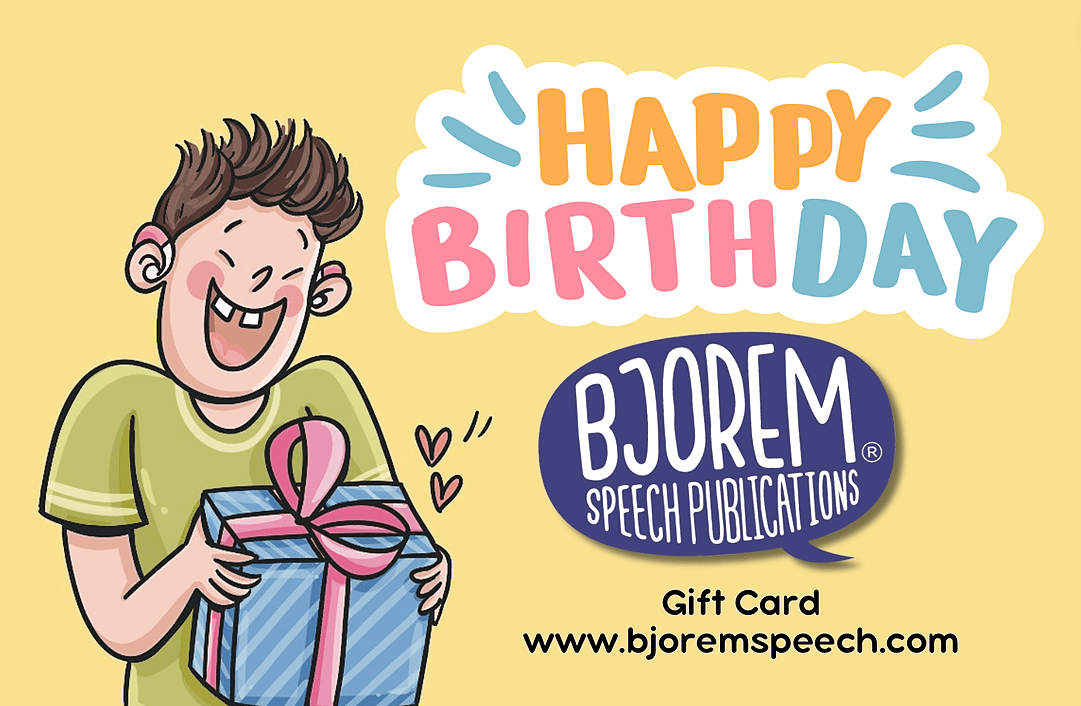
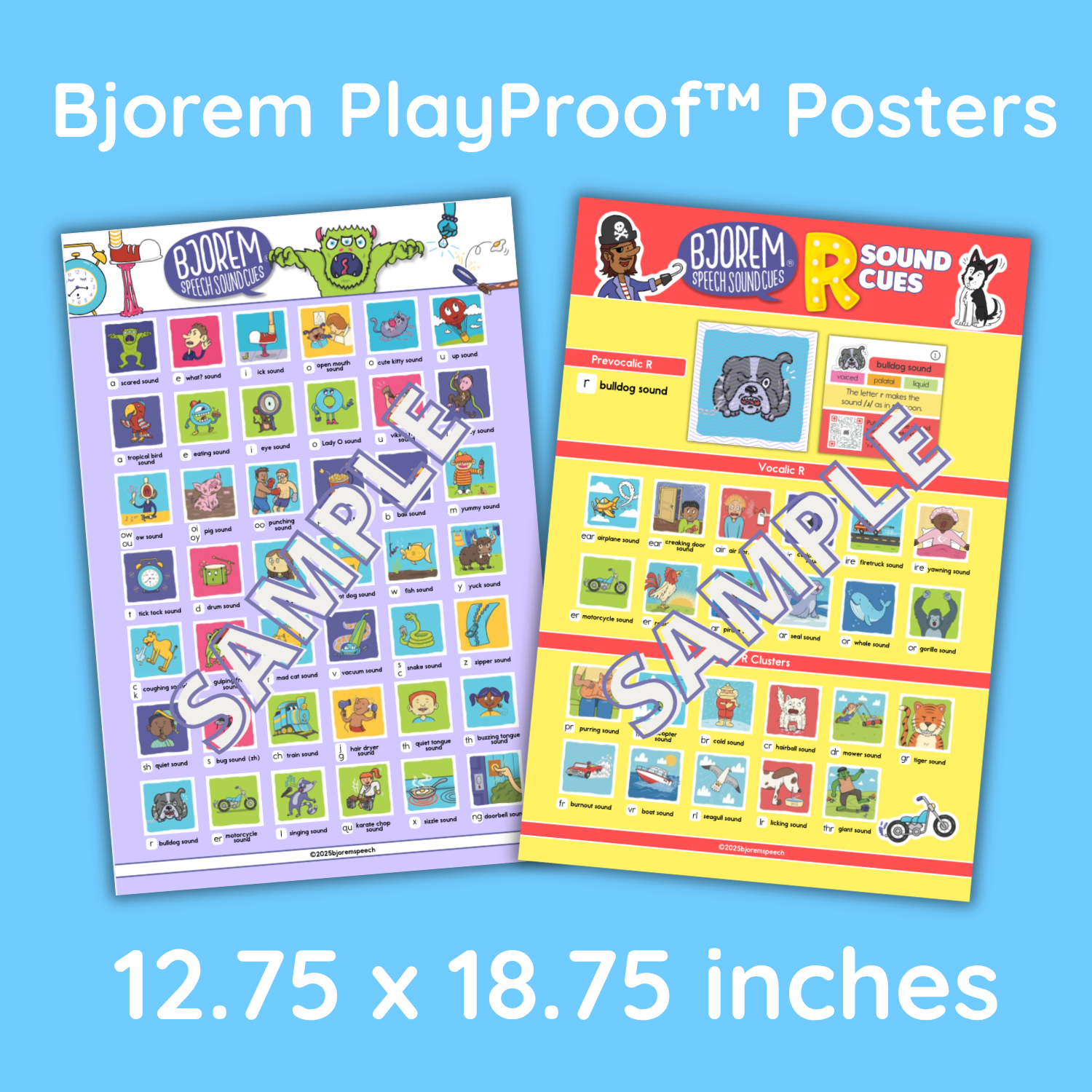
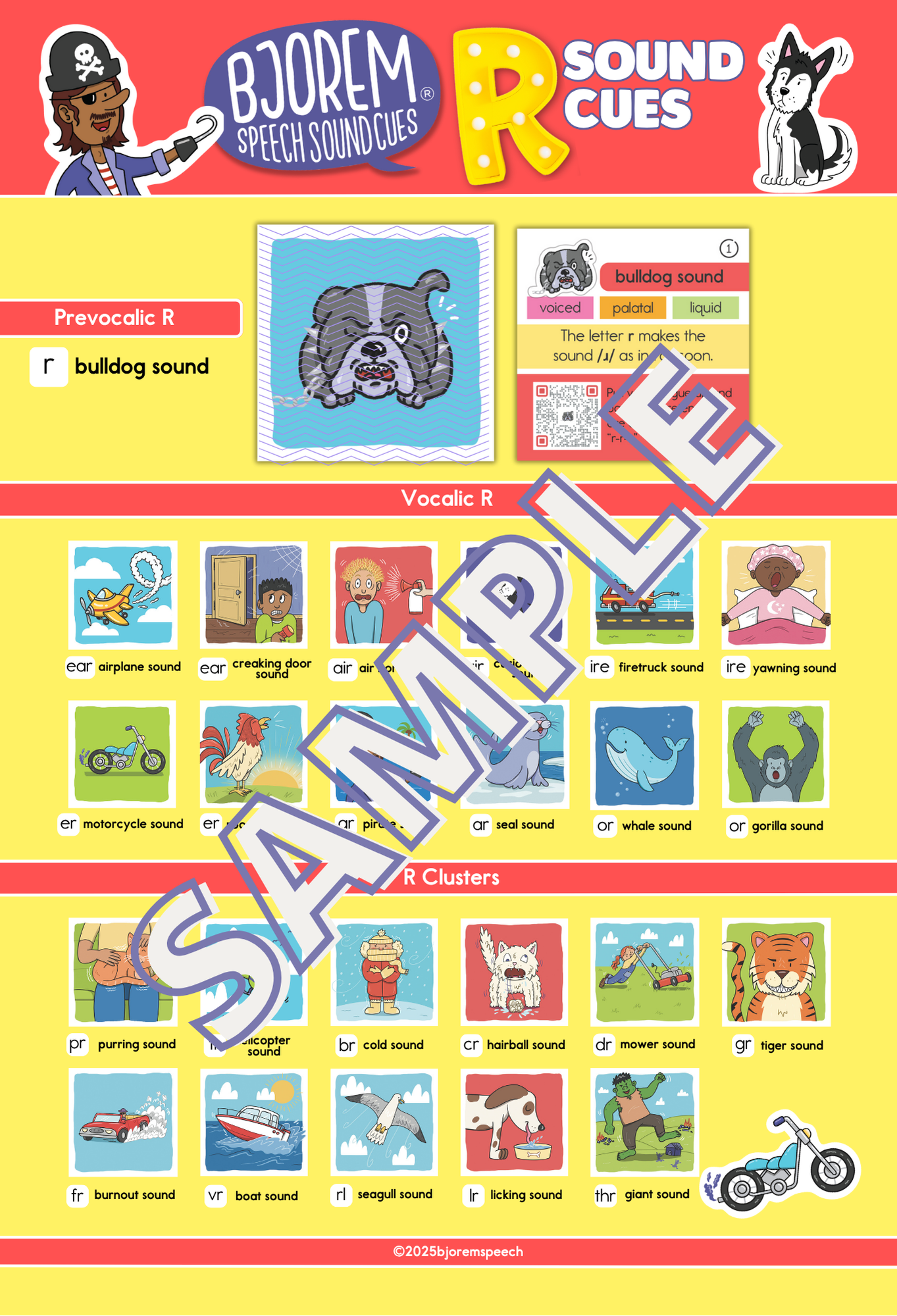
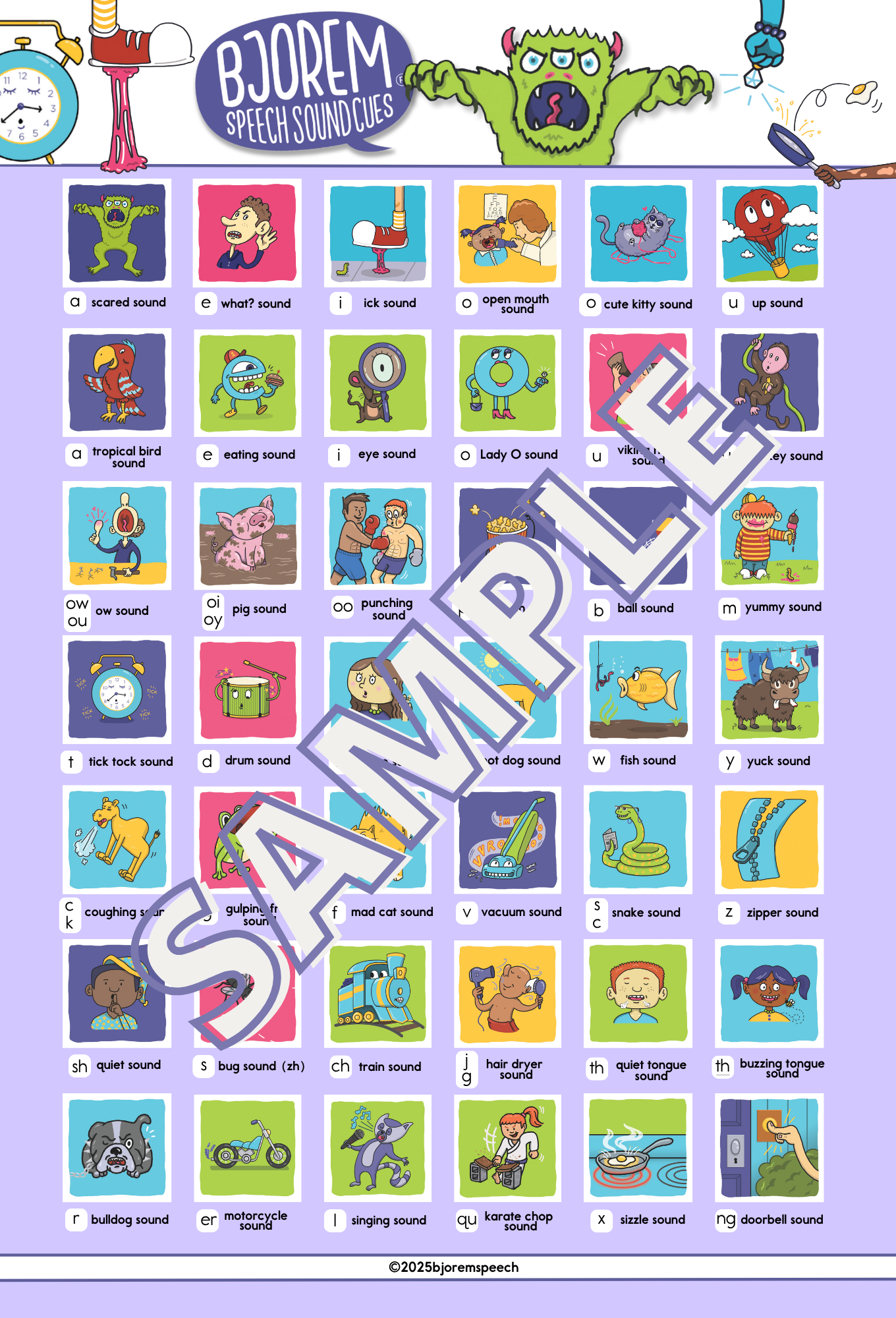
![[title]Vowel Quadrilateral Sticker](http://www.bjoremspeech.com/cdn/shop/files/Subheading-4.png?v=1759994673&width=1080)
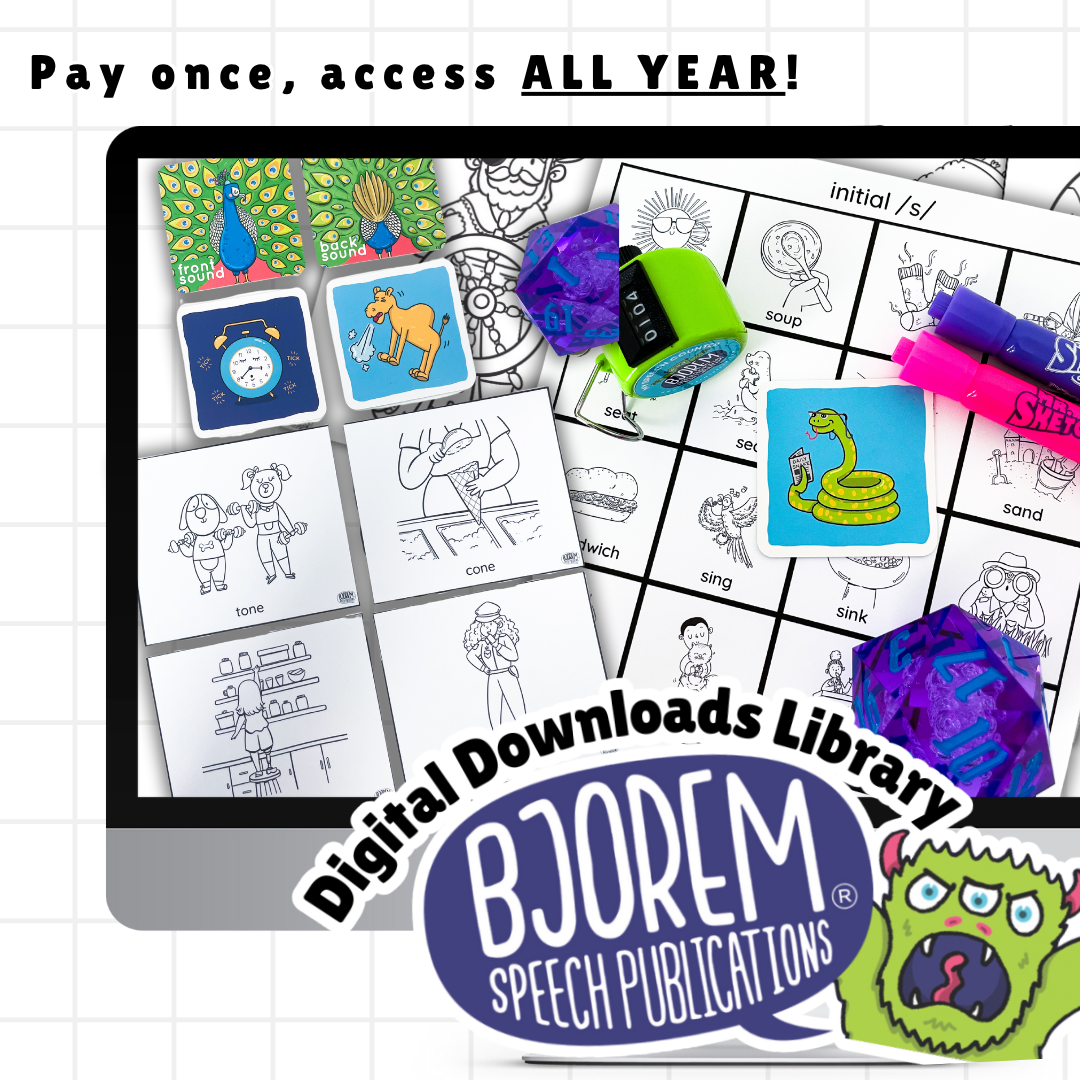

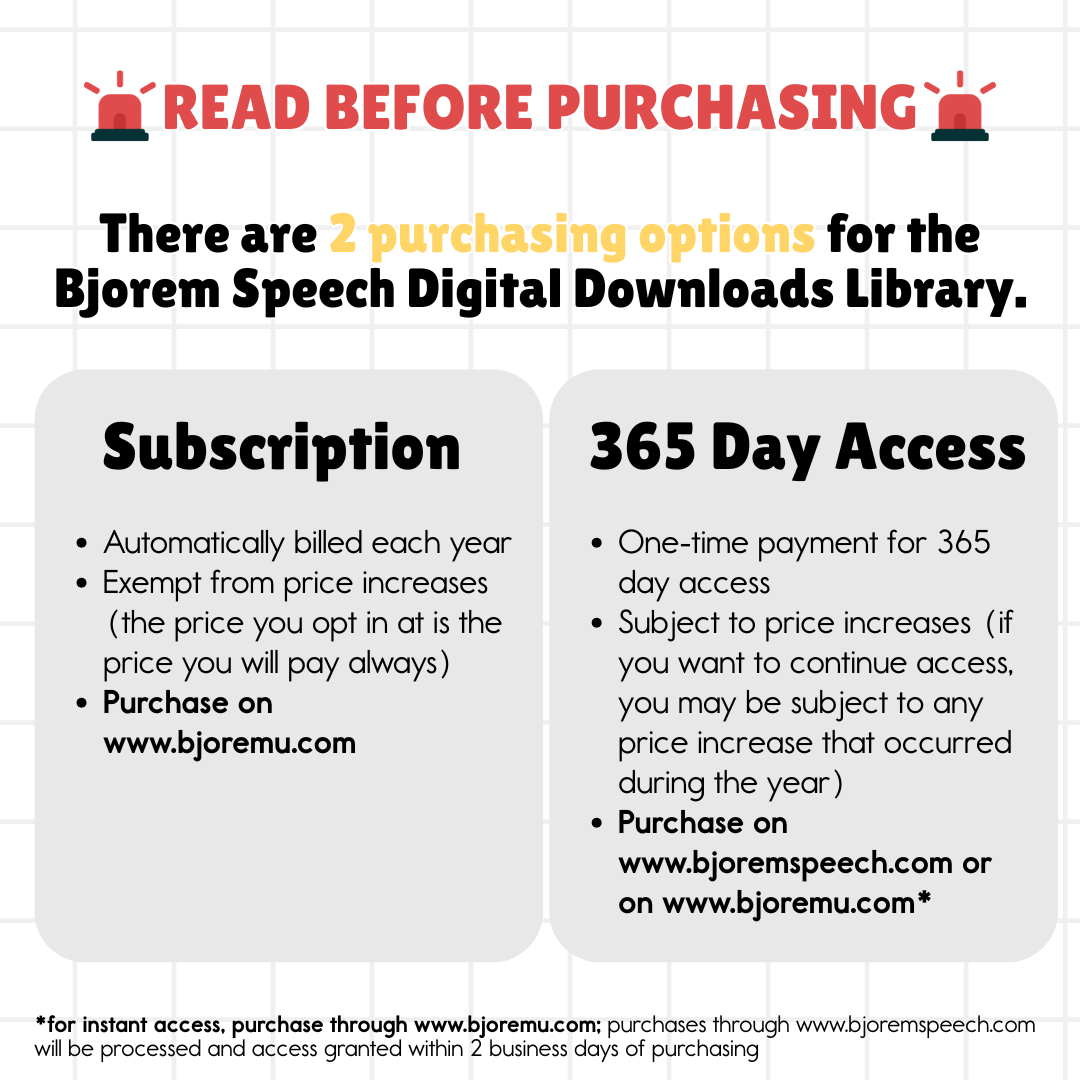

![[title]Voicing Infographic for Childhood Apraxia of Speech - Download](http://www.bjoremspeech.com/cdn/shop/products/GoDaddyStudioPage-0100_8cb8a013-6e1d-4539-a093-bd67a049a2bb.png?v=1762557507&width=2048)
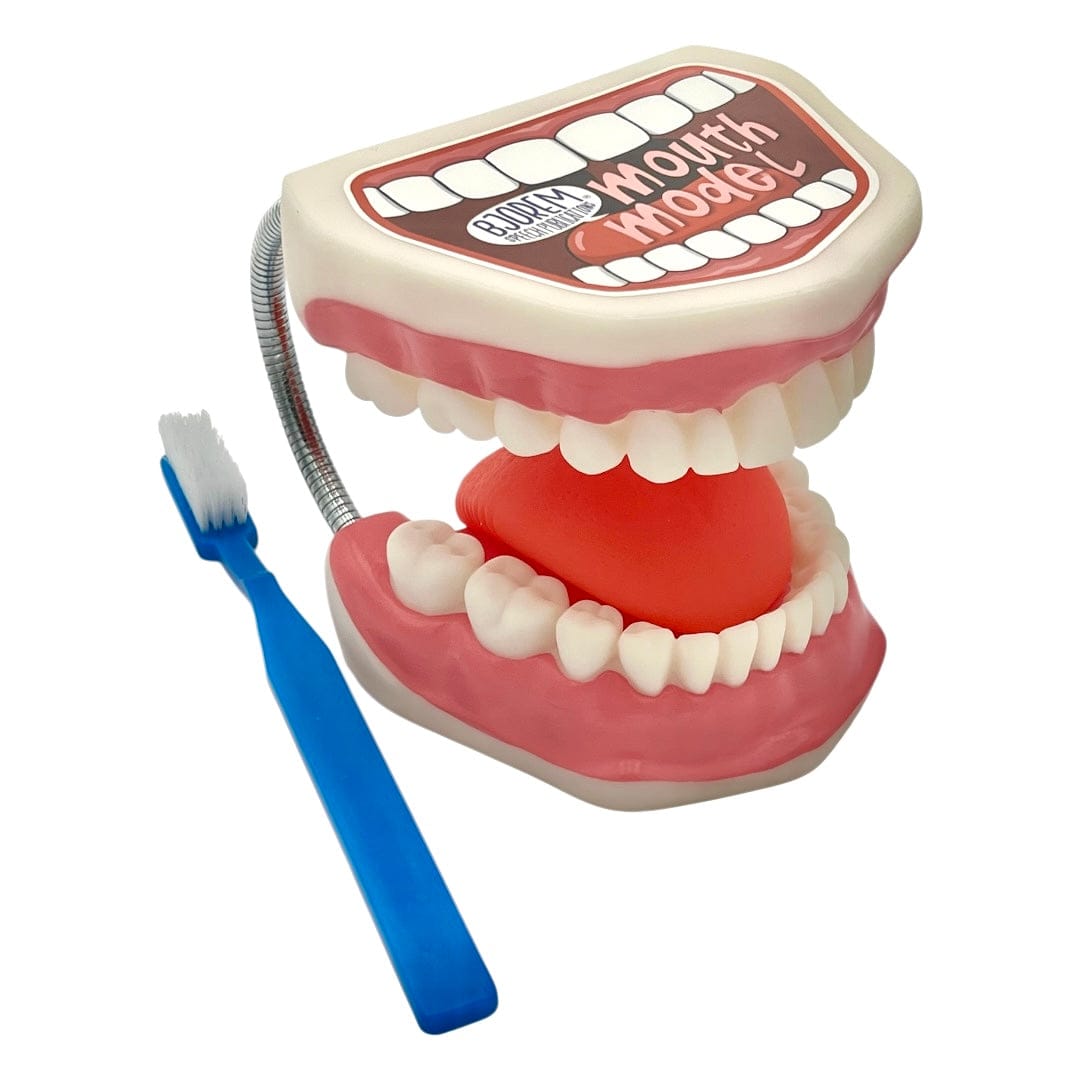
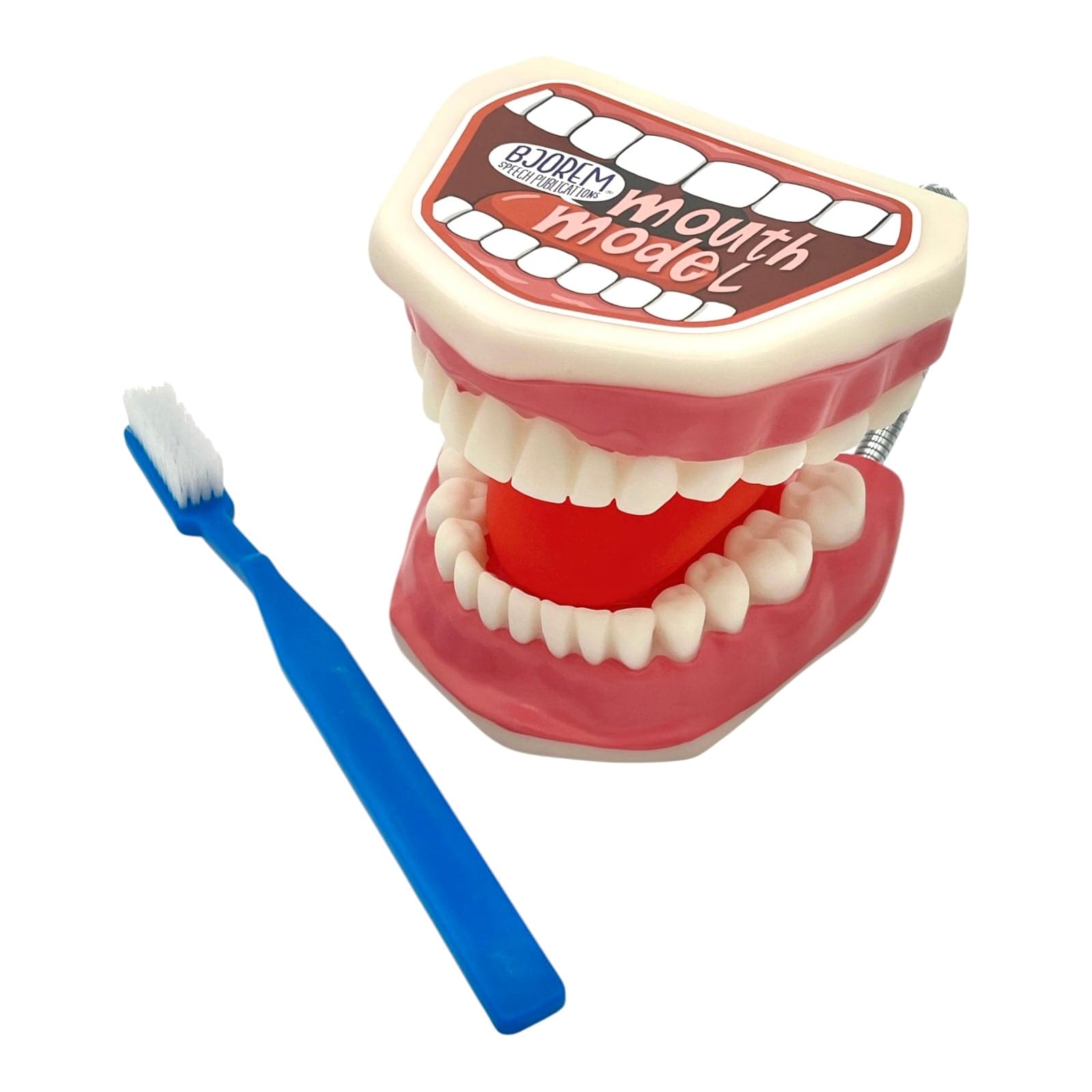
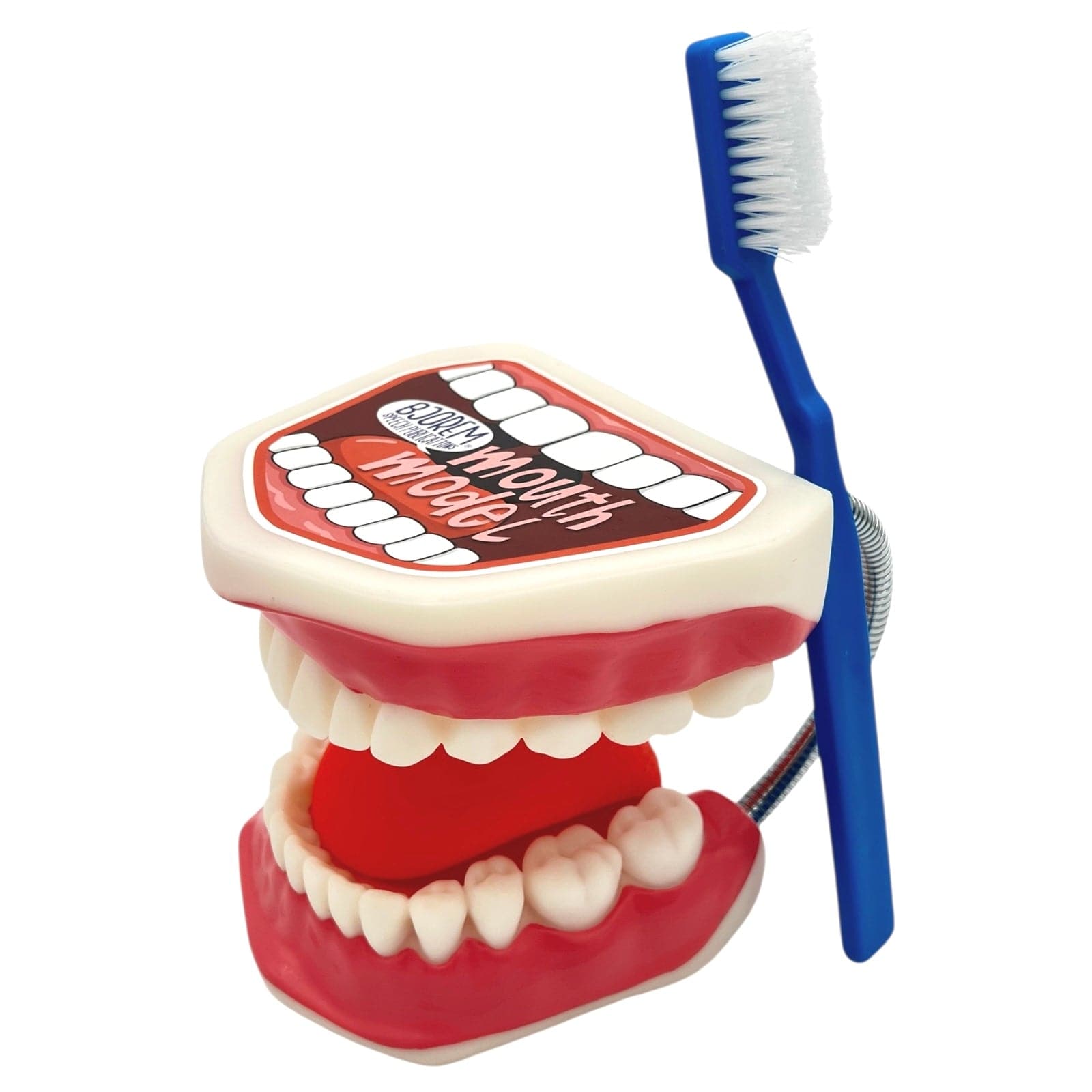



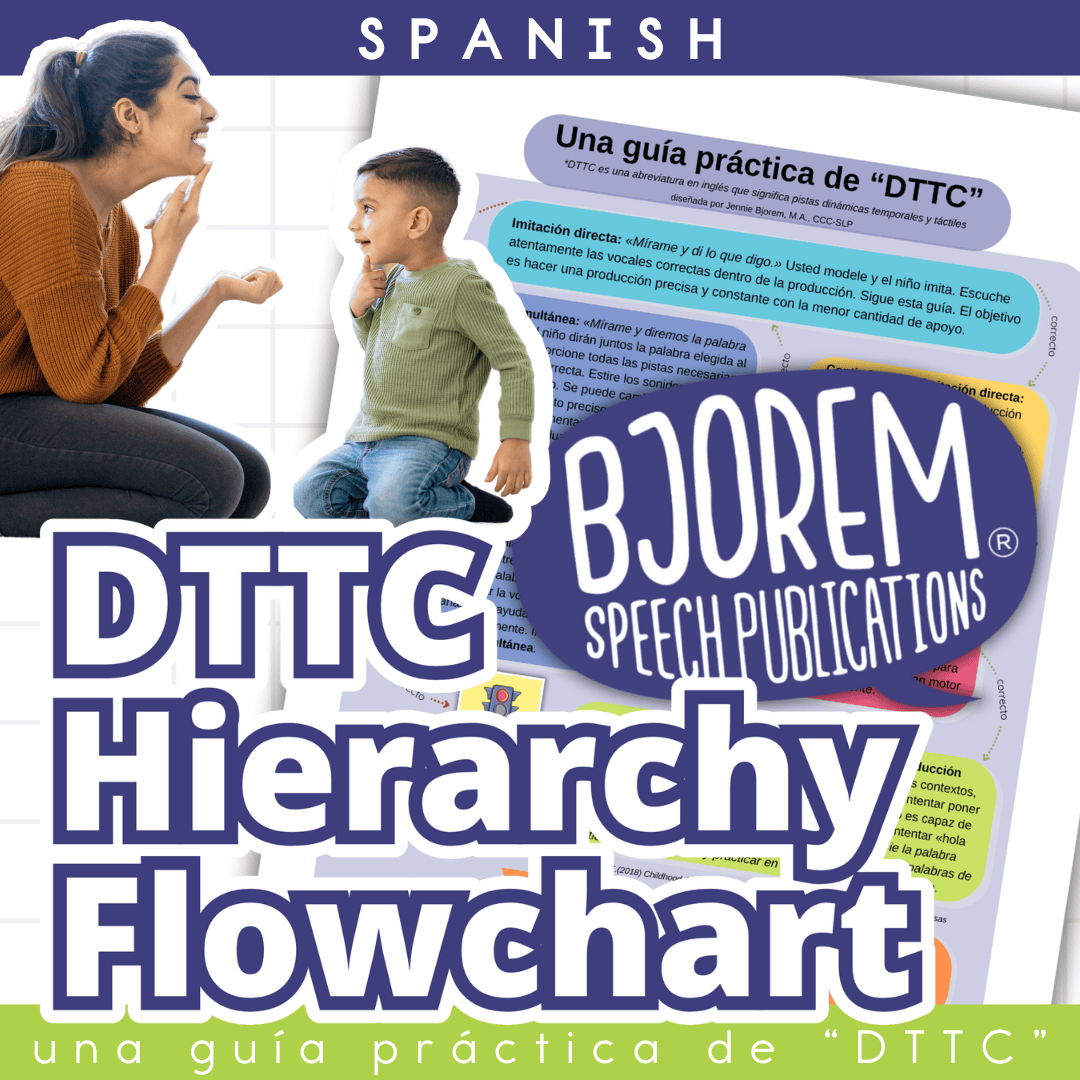
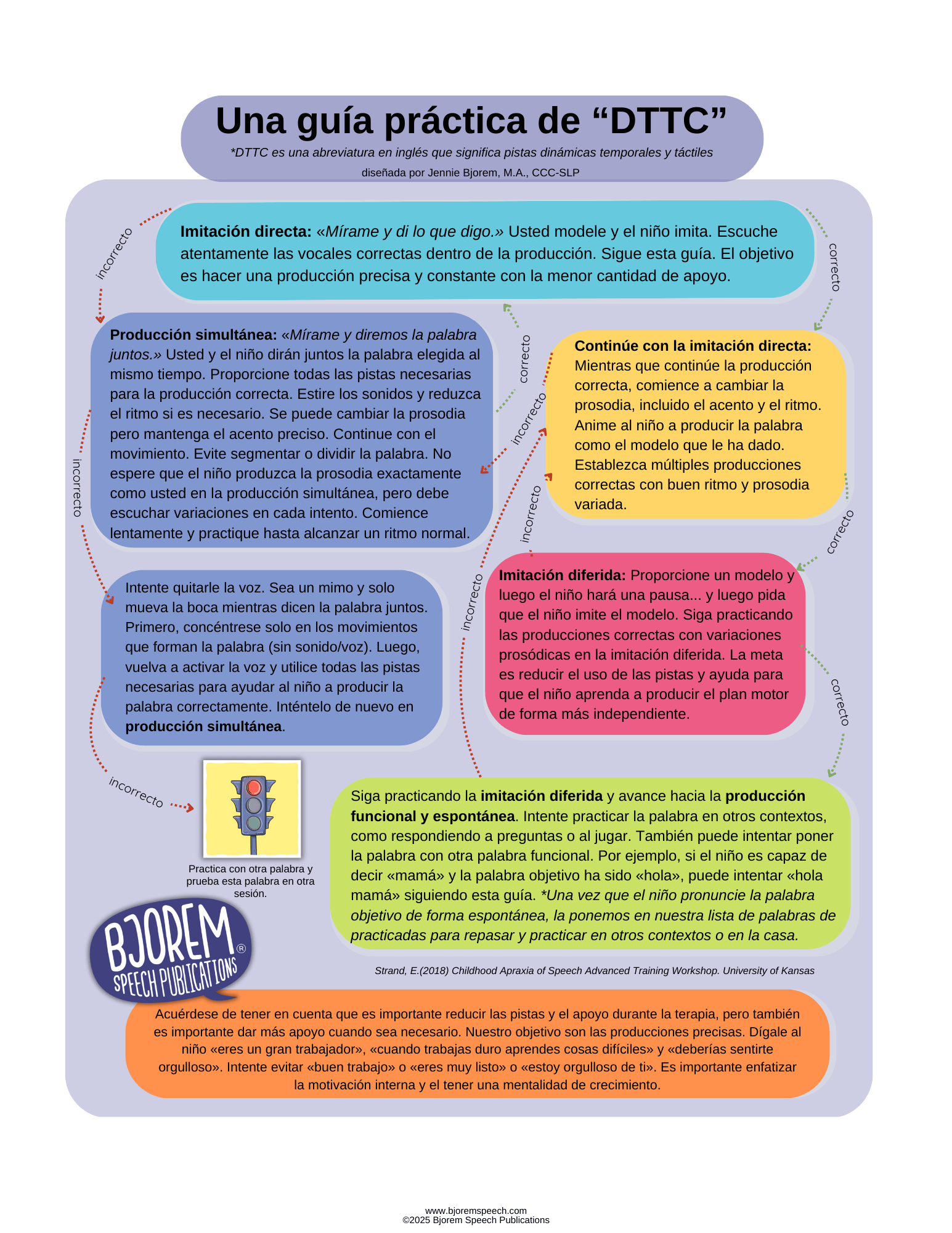
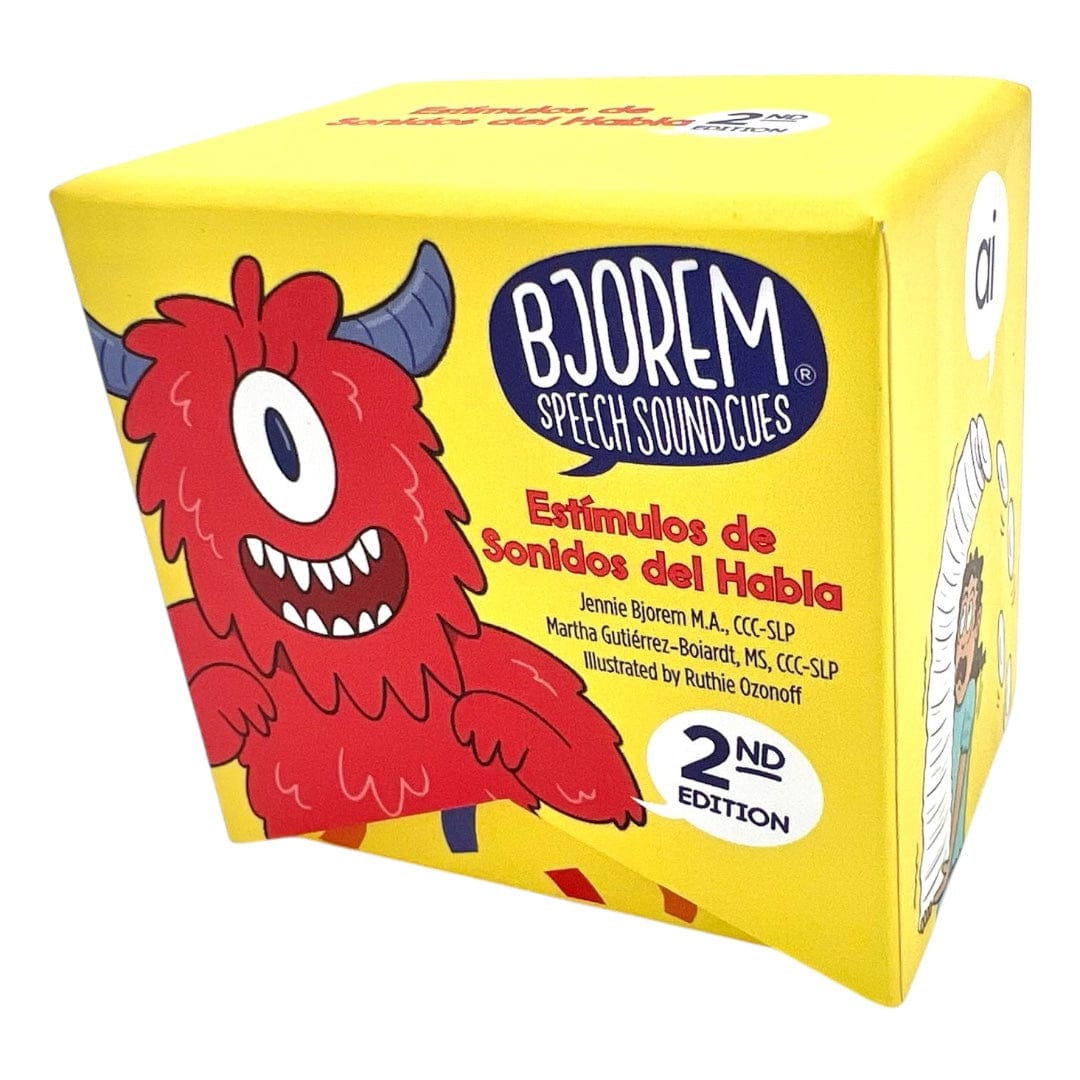
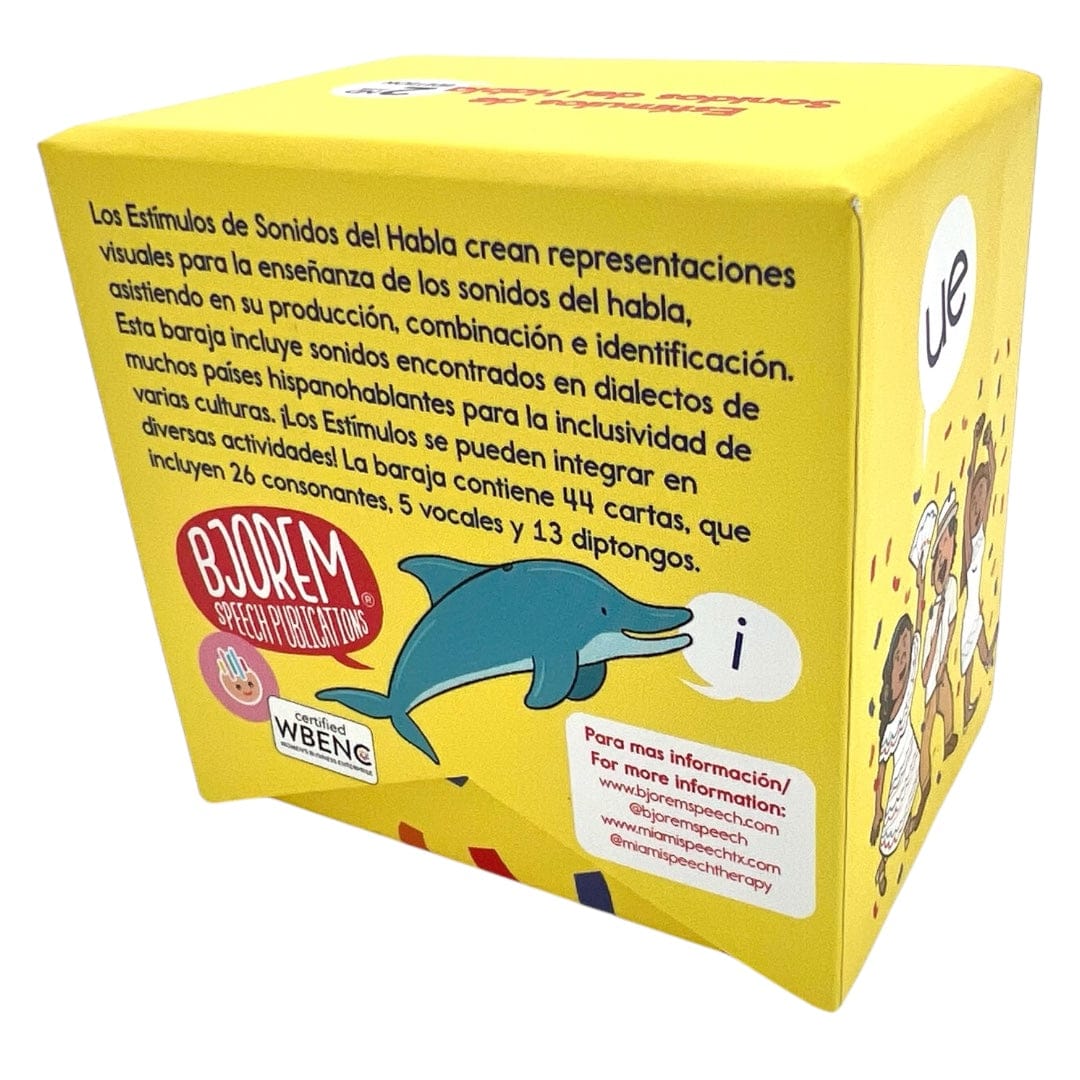
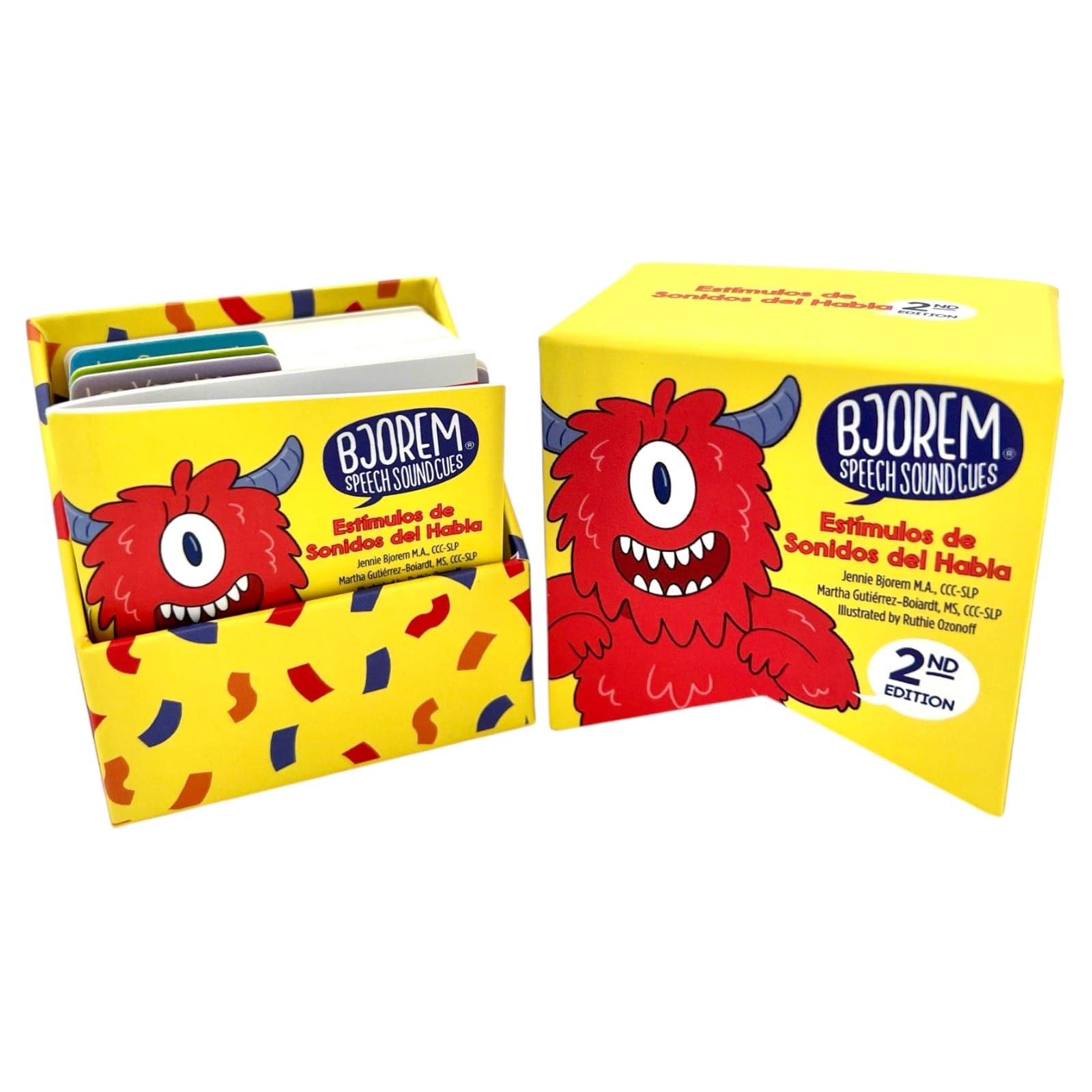
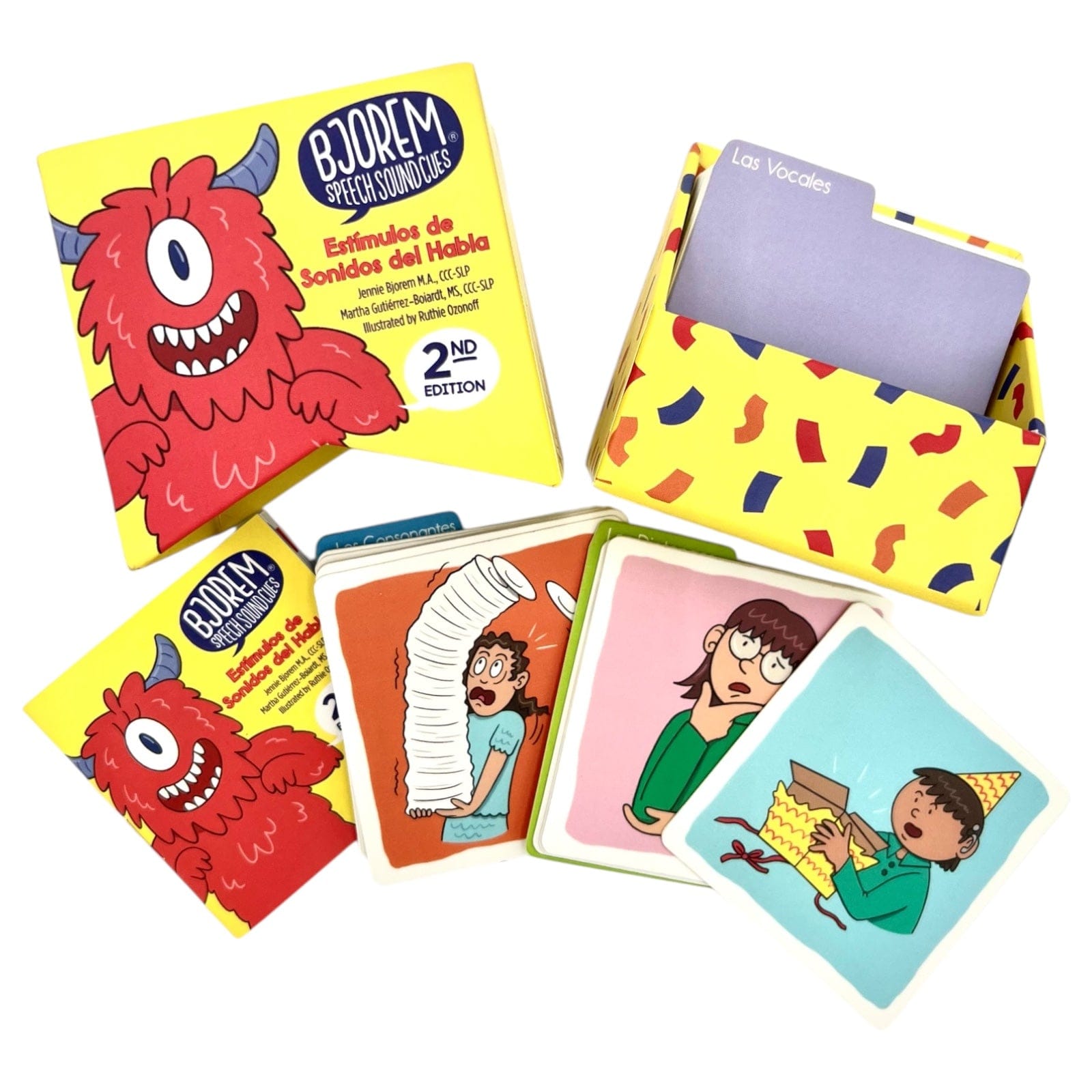




![[title]Bjorem Speech Home Practice Sheets - Digital Download](http://www.bjoremspeech.com/cdn/shop/files/Screenshot2024-01-05at12.33.13PM.png?v=1762557520&width=910)
![[title]Bjorem Speech Home Practice Sheets - Digital Download](http://www.bjoremspeech.com/cdn/shop/files/Screenshot2024-01-05at11.58.46AM.png?v=1762557520&width=910)
![[title]Bjorem Speech Home Practice Sheets - Digital Download](http://www.bjoremspeech.com/cdn/shop/files/Screenshot2024-01-05at11.59.23AM.png?v=1762557520&width=719)
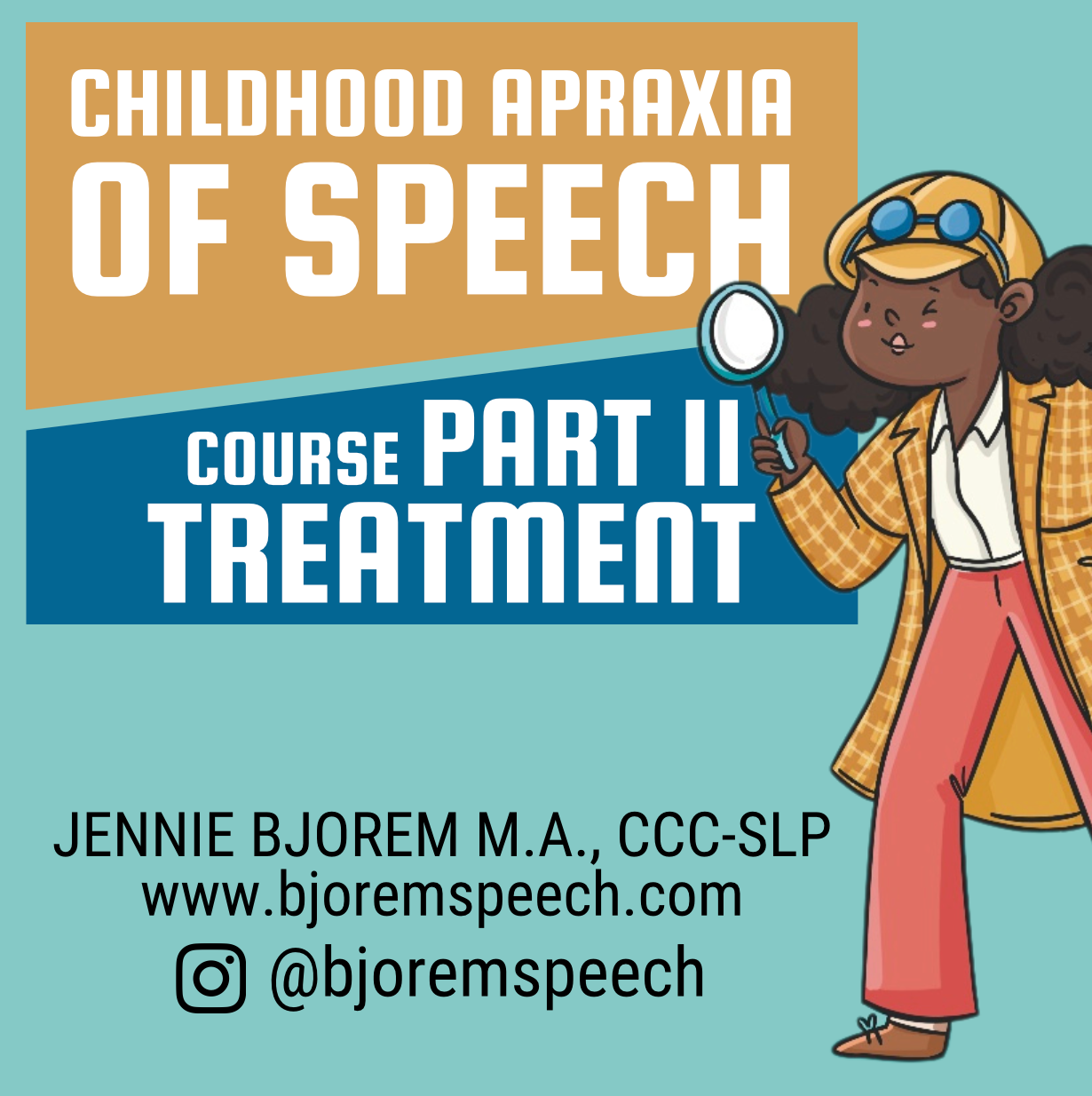



![[title]OH NO! Pee Pee! Make & Take Book Companion Download](http://www.bjoremspeech.com/cdn/shop/files/ShopifyCoversandPreviewsforDigitalDownloads_24.png?v=1759994680&width=1080)
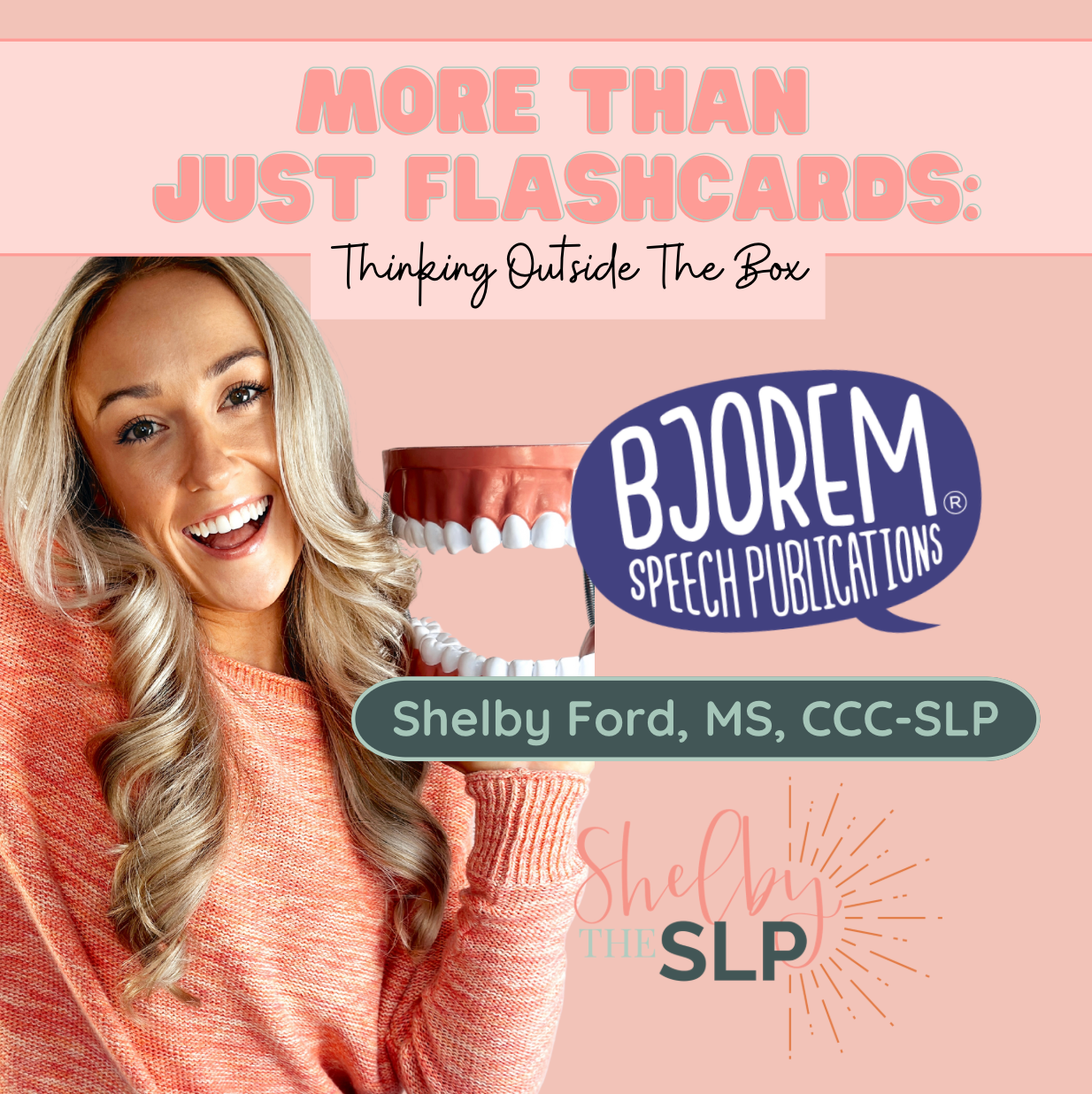

![[title]OH NO! Pee Pee! Make & Take Book Companion Download](http://www.bjoremspeech.com/cdn/shop/files/2_440981a7-90f0-43bc-942a-eb570024e7a3.png?v=1762557366&width=2160)
![[title]OH NO! Pee Pee! Make & Take Book Companion Download](http://www.bjoremspeech.com/cdn/shop/files/ShopifyCoversandPreviewsforDigitalDownloads_25.png?v=1762557361&width=1080)
